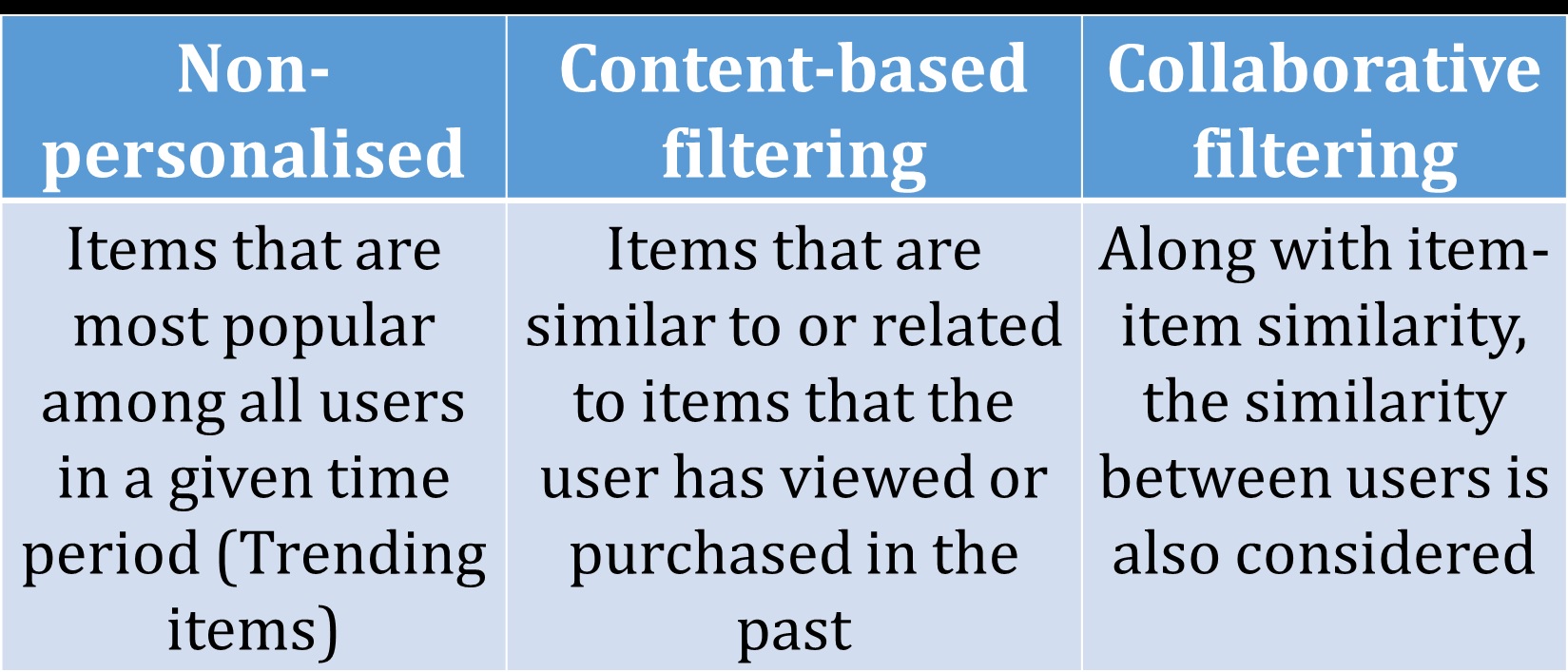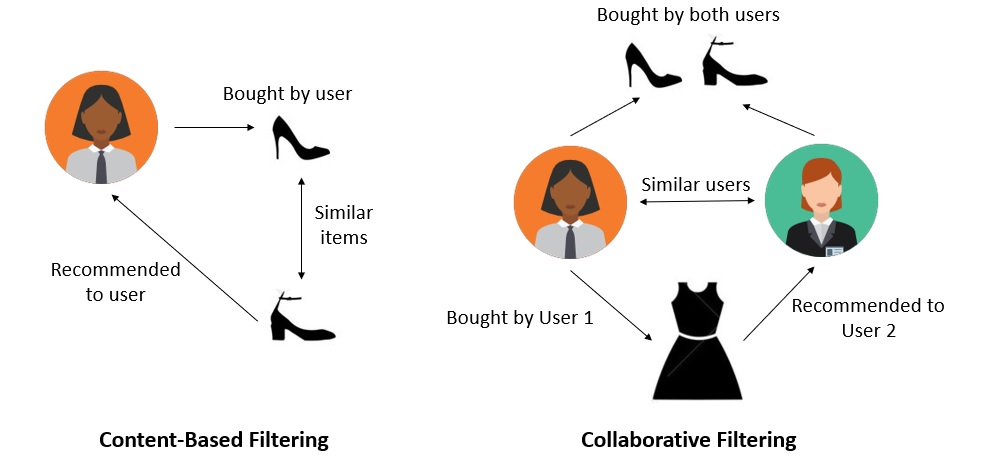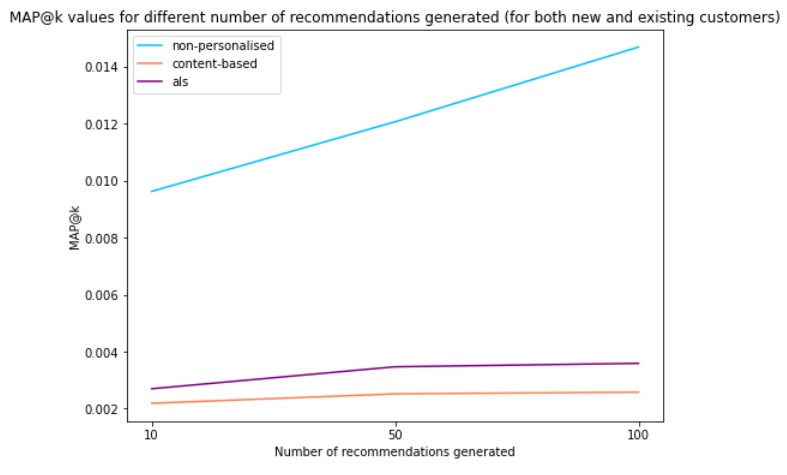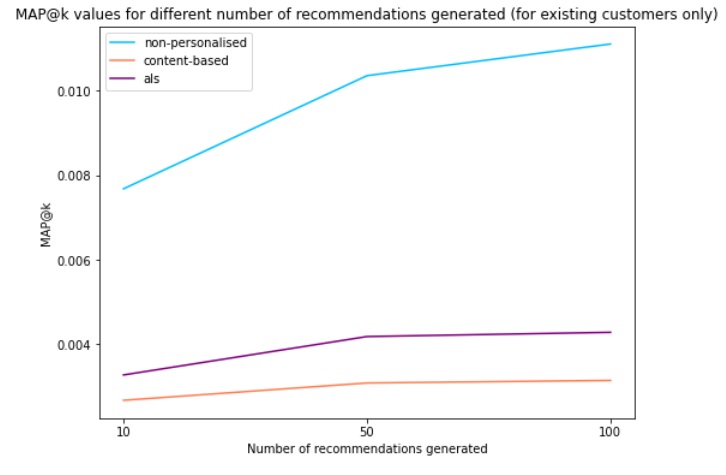Geodemographics - blogs and resources
Visit the Geodemographics Knowledge Base (GKB) for expert blogs and links to useful sources of geodemographic data and knowledge.
The MRS Census and GeoDems group champions new thinking and new talent; one area they have been particularly impressed with is the CDRC Masters Dissertation Scheme (MDS)
This programme offers an exciting opportunity to link students on Masters courses with leading retail companies on projects which are important to the retail industry. The scheme provides the opportunity to work directly with an industrial partner and to link students’ research to important retail and ‘open data’ sources. The project titles are devised by retailers and are open to students from a wide range of disciplines.
MRS CGG are proud to have been granted permission to publish abstracts from the dissertations and we are sure the students have a great future ahead of them.
This abstract is by Aindrila Basu
Title: Recommender Systems: Implementation and Evaluation
Academic Institution: University of London
Industry Sponsor: Kainos Group
Background
The rapid increase in the volume of digital information on e-commerce web platforms has generated a problem of information overload for users. This hampers the ability of platform users to quickly and efficiently identify items relevant to them via traditional methods, such as search, alphabetically ordered item catalogues, etc.
Recommender systems are introduced to solve this problem, as they filter information based on the user’s preferences and their historical item interactions. This improves user experience on the platform.
Recommender systems are widely used nowadays by many businesses in almost every industry, for example, Amazon, Netflix, and Google.

Aims
Developing a recommendation engine as a product for a fashion retailer, through the use of a combination of content-based and collaborative filtering algorithms and customer and product data, including historical customer transactions.
Identifying the best item recommendation strategy for a fashion retailer. This is done by developing various recommender systems based on the same dataset but using different (technical and marketing) strategies and comparing them to each other.
Demonstrating how the generated recommendations can be aligned with the business and marketing strategies of the retailer to promote specific products.
Materials & Methods
The dataset used for this project contains transactional, customer and articles data, which was publicly released on Kaggle by a renowned fashion retailer. The recommendation techniques used in the project are:


Results

Fig 1: Seasonal pattern of winter clothing showing that Knitwear is sold mainly during winters
The transactional data provides insights like which articles are sold the most at which time of the year.

Fig 2: Co-occurrence matrix of different Garment Groups normalised by the total number of transactions
There are certain items that were bought together by the same customer on the same day. Jersey Fancy and Jersey Basic are bought together most frequently.
The non-personalised recommender system performs better than the other systems in terms of providing more relevant recommendations.
Since the nonpersonalised system generates recommendations from the most trending items during the last week of the training data, we can be sure of the fact, that the item recommendations generated would be available in stock, and more relevant during that time.

Fig 3: Mean Average Precision at k for the different types of recommender systems – including both existing and new customers

Fig 4: Mean Average Precision at k for the different types of recommender systems – existing customers only
Future Work
A hybrid filtering recommender system could be created, combining the strengths of non-personalised, content based and collaborative filtering systems. This could result in a betterperforming recommender system.
Additional features could have been added to the existing models to enhance the performance of the recommender systems. New features like the average amount of money a customer usually spends could be engineered to generate improved recommendations.
Machine Learning techniques such as Natural Language Processing (NLP) and Image feature extraction with Convolutional Neural Networks (CNN) could also be employed to improve the performance of the recommender systems.
Further information
Please see https://github.com/aindrila28/recommender_systems for the code and data
Acknowledgements
I would like to thank my project supervisors Daniel Garcia, Liam Coyle and Diego Capozzi from Kainos Group for their guidance and support. I would also like to thank CDRC and Luisa Cutillo for providing the opportunity for this project.
References
Aggarwal, C.C., 2016. Recommender systems (Vol. 1). Cham: Springer International Publishing.
Isinkaye, F.O., Folajimi, Y.O. and Ojokoh, B.A., 2015. Recommendation systems: Principles, methods and evaluation. Egyptian informatics journal, 16(3),
pp.261-273.
Jothi, K.R., LokeshKumar, R., Anto, S. and Tyagi, G., 2019. Qualitative Analysis of Models and Issues in Recommender Systems. Journal of Computational and Theoretical Nanoscience, 16(5-6), pp.1881-1888.

Visit the Geodemographics Knowledge Base (GKB) for expert blogs and links to useful sources of geodemographic data and knowledge.


Our newsletters cover the latest MRS events, policy updates and research news.
0 comments